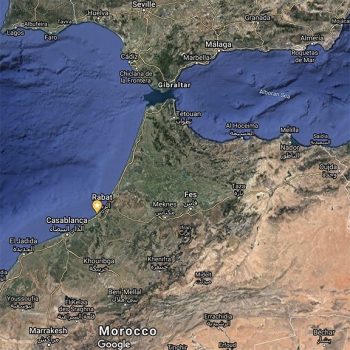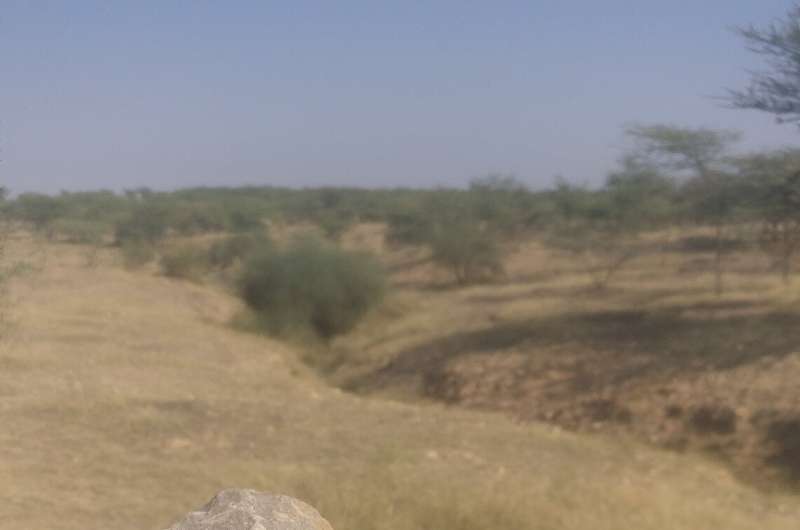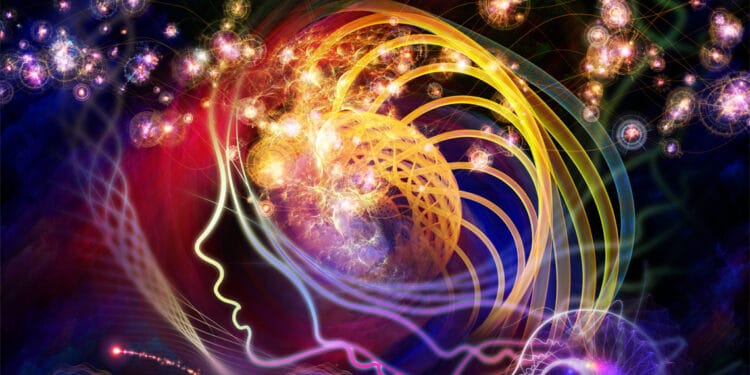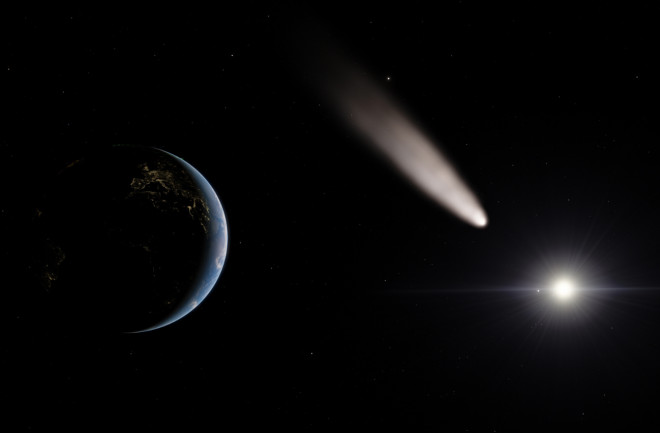Humans news stories

The researchers are sure now they’ve sent the robot to a location that provides the best possible opportunity to find signs of ancient life.

The oldest known footprints of pre-humans were found on the Mediterranean island of Crete and are at least six million years old, says an international team of researchers…

In the beginning, there was … well, maybe there was no beginning. Perhaps our universe has always existed — and a new theory of quantum gravity reveals how that could work.

Seattle is now the largest city in the United States to decriminalize psychedelic plants and fungi.

In our mythologies, there’s often a singular moment when we became “human”. Eve plucked the fruit of the tree of knowledge and gained awareness of good and evil. Prometheus created men from clay and gave them fire. But in the modern origin story, evolution, there’s no defining moment of creation. Instead, humans emerged gradually, generation by generation, from earlier species.

Dating from 120,000 to 90,000 years ago, the bone tools were found in association with carnivore remains that showed signs of skinning for furs and pelts.

Previous studies have also found that LSD, another psychedelic drug, can enhance the emotional responses triggered by music, so the team wanted to find out if psilocybin had a similar effect.

Research on remains provides first clue that mixing between early humans in Indonesia and Siberia happened earlier than previously thought.

It’s a question that has puzzled observers for centuries: do the fantastic green and crimson light displays of the aurora borealis produce any discernible sound?

New research led by the Max Planck Institute for the Science of Human History has re-examined a key Acheulean site at the margins of the monsoon zone in the Thar Desert, Rajasthan, revealing the presence of Acheulean populations until about 177,000 years ago, shortly before the earliest expansions of Homo sapiens across Asia.

Graham Hancock: In late 2020 I returned to the enigmatic site of Karahan Tepe (near the more famous site of Gobekli Tepe) in Anatolia, Turkey, to research the mind-blowing new excavations underway there (my previous visit to Karahan Tepe, described in my book Magicians of the Gods, was in 2014 when the site was largely unexcavated)…
Photos by Santha Faiia

The use of psychedelic drugs is associated with lower levels of complex posttraumatic stress symptoms and internalized shame in adults who suffered maltreatment in childhood, according to new research published in the journal Chronic Stress.
An international team of researchers has discovered the first fossilised bone from a Pleistocene-era human in Wallacea, the cluster of Indonesian islands, including Lombok, Sulaewsi, Timor and Sumba, that were the likely seafaring gateway for the first humans to populate Australia.

Ancient cut marks on mammoth bones unearthed on a remote island in the frozen extremes of Siberia are the northernmost evidence of Paleolithic humans ever found, according to archaeologists.

LSD and psilocybin increasingly show promise as mental health treatments. Now universities and companies are exploring their use in pain management

The findings are welcomed by supporters of cometary catastrophe theories from Earth’s history.
Paper found here: https://www.sciencedirect.com








